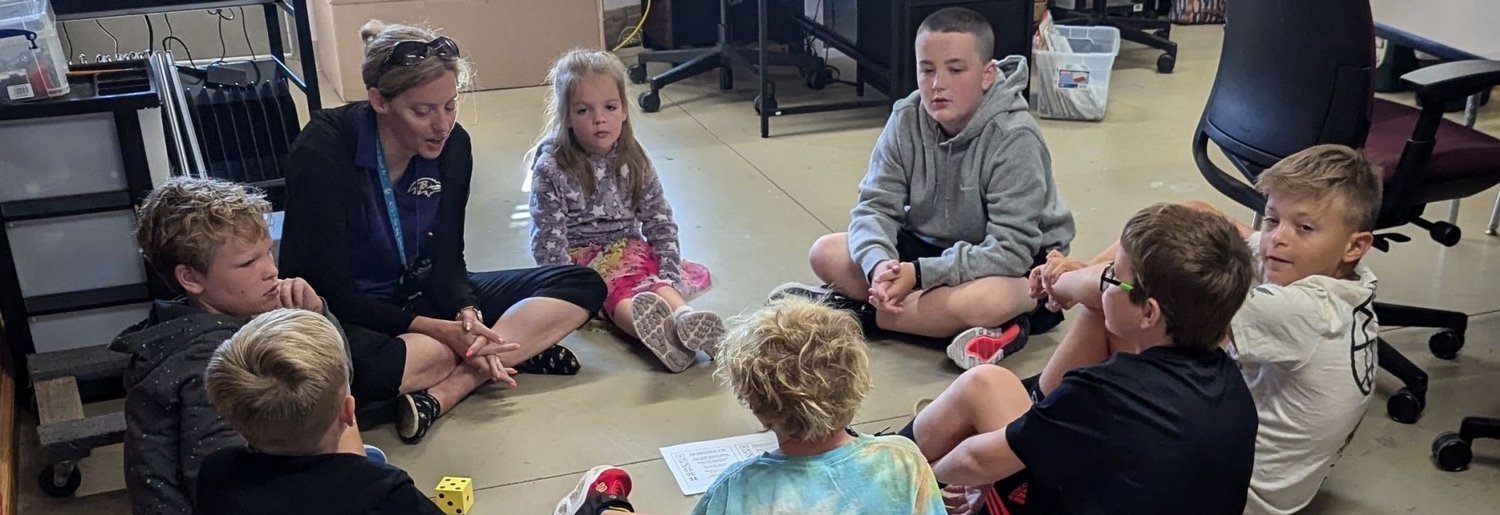
Meeting the needs of every child
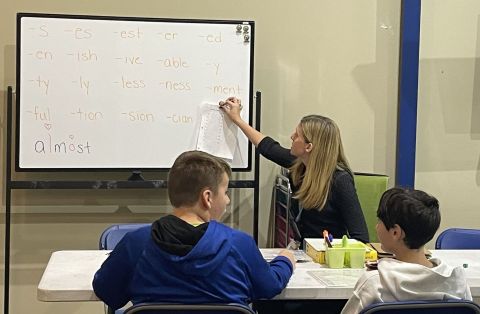
NCCS provides multiple learning supports to ensure a positive learning experience for every child at NCCS. We provide differentiated learning environments, allowing students to work in ways that best support their learning styles. Our staff includes reading specialists, math specialists, counselors, and small group learning opportunities for all classroom subjects.
Our staff have advanced academic degrees and certifications in reading, including Orton-Gillingham and Wilson Reading intervention. Our Director of Teaching and Teacher Coach visit classrooms daily for observation and meet weekly with teachers to provide support and guidance to best meet the learning needs of each student.
Small group interventions
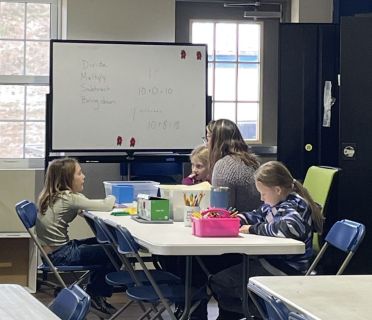
In the elementary grades, intervention is focused on delivering systematic, multisensory phonics instruction in reading and writing to help bring students to grade level.
In middle school, intervention tends to shift more to writing content (i.e., ideas and organization of writing); organization, study skills, and time management. We provide accommodations such as audio versions of texts and using speech-to-text software.
When students need 1:1 support beyond what is provided by our resources, some parents choose to hire private tutors. In those cases, we work closely with the parents and tutors to offer time when tutoring can happen in the classroom.
Small group instruction in the classroom
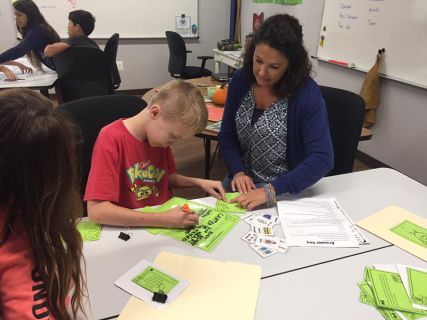
Reading and math instruction are done in small groups in the classroom, normally ranging between three and five students, never more than seven.
- We form groups based on assessments in September, but are flexible and change throughout the year as we continually assess students’ progress.
- We deliver direct instruction and students practice the skill with modeling and guidance from the teacher.
- Learning is as active and hands-on as possible, with students using manipulatives, whiteboards and markers, pencil and paper, or whatever engagement method is most appropriate for the activity.
- Most classrooms have about 4 different small groups. They do not all work on the same thing. If two groups in the same grade are working on the same skill, they may be working at a different pace or approaching it in a different way depending on the needs of the students in the group.
- Once students show a solid understanding, they will work on a skill during an independent rotation.
Meeting individual student needs in the classroom
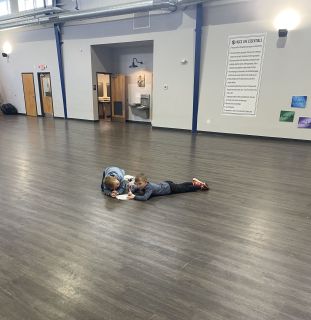
Students can receive a variety of support and accommodation in the classroom:
- In-classroom assistant or interventionist
- Modified work (e.g., content of the assignment, length, time allotted to complete it)
- Resources: anchor charts to reference (e.g., sounds, steps in a math problem, etc.)
- Supports such as a multiplication chart, access to technology if helpful (especially typing for those that benefit), checklists or visual lists, timers, more frequent check-ins from the teacher, ability to move around, work in various spots and positions, and use of fidgets.
Sometimes our students just need the right space to do their best work.
